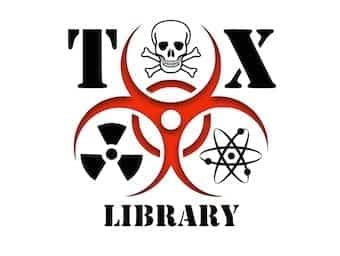
Carl Hueter
Carl Hueter (1838 - 1882) was a German Surgeon. Remembered for his contribution to the Hueter-Volkmann law (1862) with Richard von Volkmann (1830 - 1889)

Carl Hueter (1838 - 1882) was a German Surgeon. Remembered for his contribution to the Hueter-Volkmann law (1862) with Richard von Volkmann (1830 - 1889)

Weigert (1877) and Meyer (1907): disposition of the ureter ectopic orifice lies caudal and medial to the orthoptic orifice was almost universal in cases of ureteral duplication. Weigert-Meyer Law.

Liver transplantation is almost a routine procedure in ICU now, with >90% 1-year survival. Orthotopic liver transplantation (OLT) involves recipient hepatectomy, revascularisation of the donor graft and biliary reconstruction

Tracheal displacement from the midline may occur towards or away from the causative lesion.

Diagnostic tests and terms: sensitivity; specificity; positive predictive value; negative predictive value; likelihood ratio; receiver operator characteristic curve (ROC curve)

Alan Lyell (1917-2007) was a Scottish Dermatologist. Lyell Syndrome (1956) AKA toxic epidermal necrolysis.

An anxious young man presents with left sided chest discomfort. After some internet research he is convinced he has a pneumothorax. What does this scan show?

Methylhexaneamine C7H17N was originally intended to be used as a nasal decongestant but in recent times it has found its way into dietary supplements marketed with thermogenic or stimulant properties.

OVERVIEW CAUSES Flow distortions caused by: -> always consider patient actually breathing! PRESSURE VERSUS FLOW TRIGGERING ASSESSMENT Suspect if Identify cause MANAGEMENT Prevent Auto-triggering VIDEO References and Links

Driving pressure has been suggested by Amato and colleagues to be the key variable for optimisation when performing mechanical ventilation in patients with acute respiratory distress syndrome (ARDS)

Hyperchloraemia is usually associated with sodium and inversely to HCO3

A 52 year old bricklayer is transferred from another hospital with an acute episode of dizziness, palpitations and tachycardia. 2 days prior, he had bilateral total knee replacements for osteoarthritis.